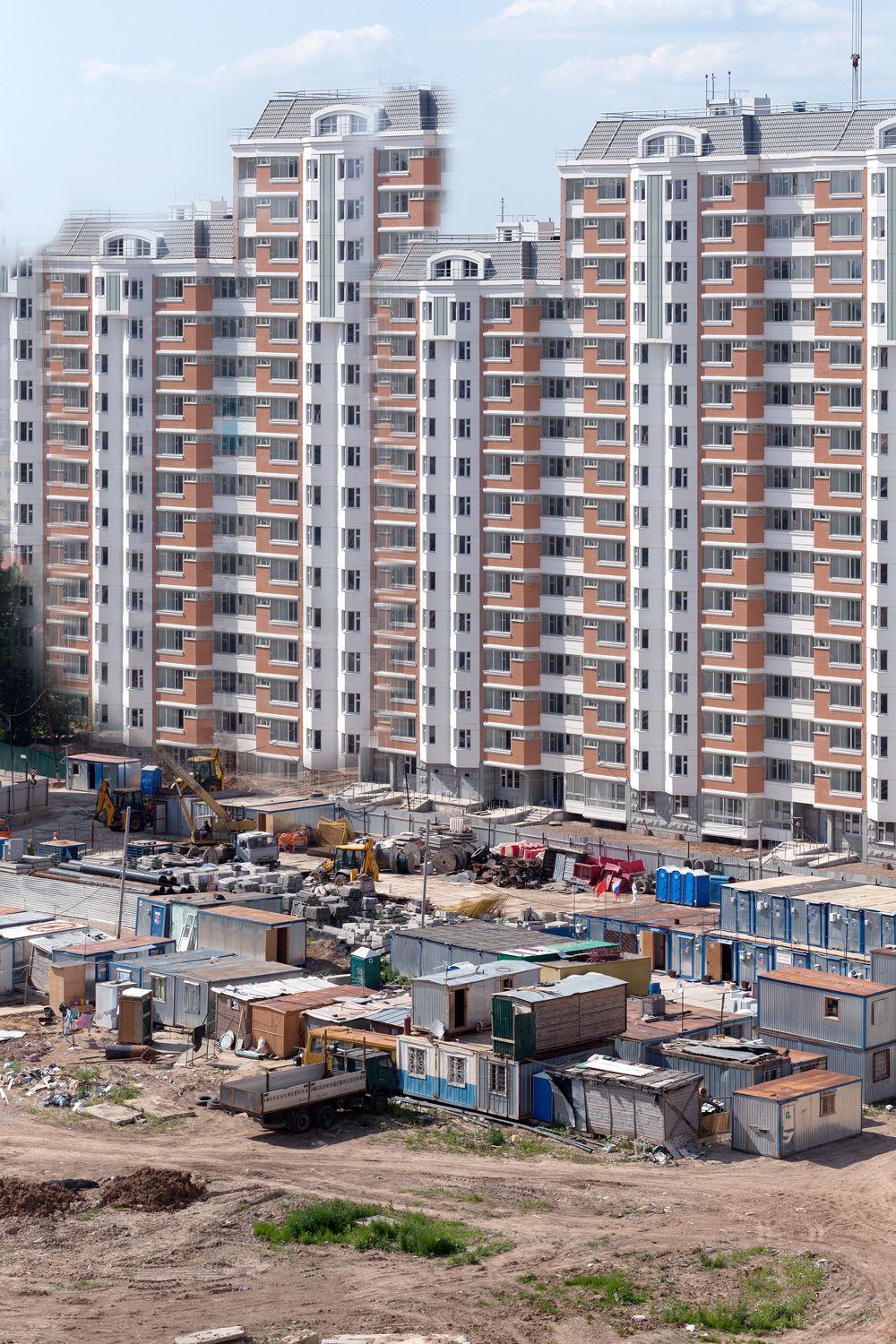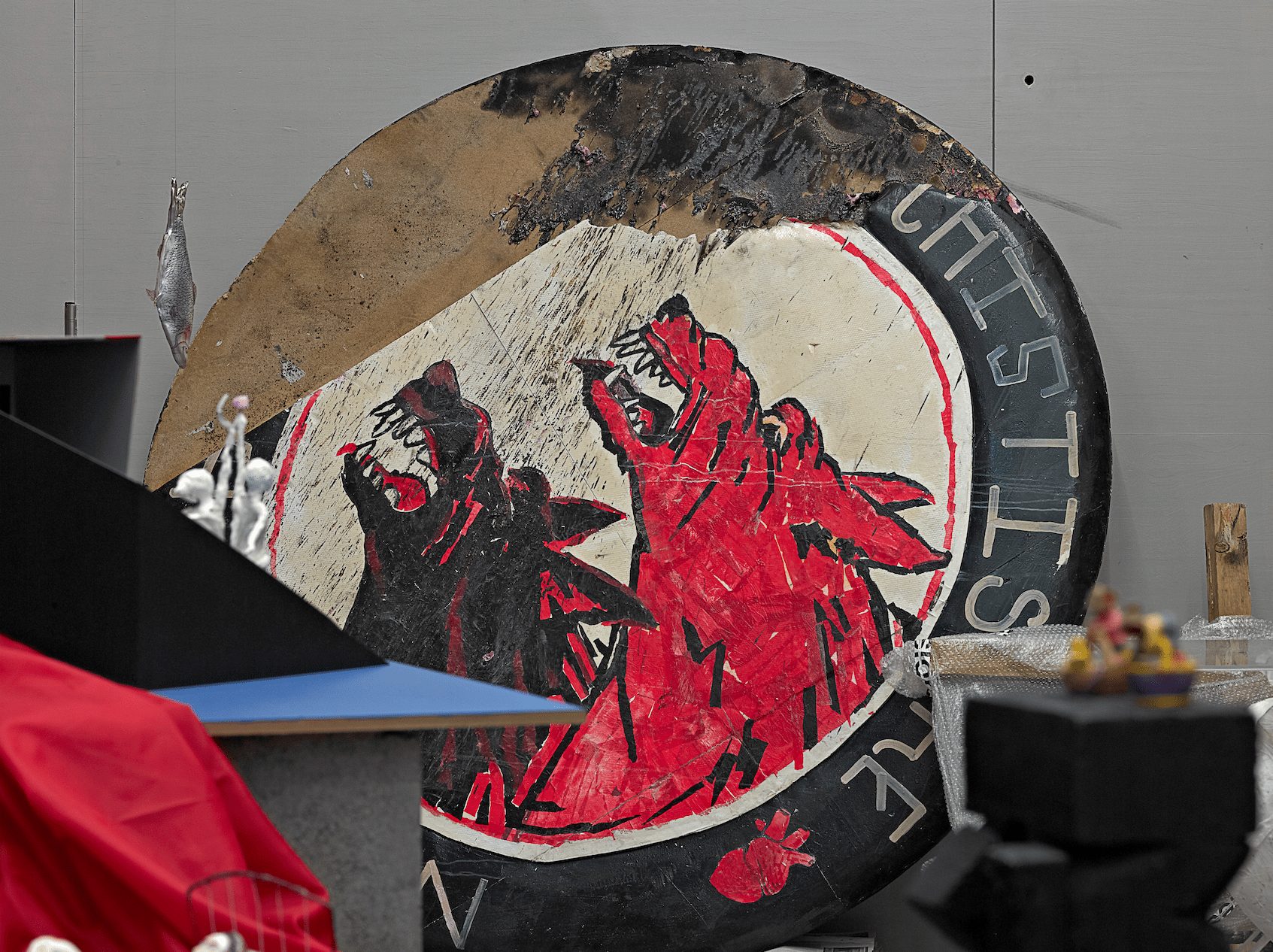Post-Soviet Suburbia: KIRILL SAVCHENKOV’s “Umwelt”
KIRILL SAVCHENKOV belongs a new wave of young Russian artists who have taken to exploring the bleak world of post-soviet suburbs. But unlike most, he does not stop at visual iconography, instead cutting straight to the essence of the suburbs as a habitat. Savchenkov grew up and spent most of his life in the outskirts of the Moscow, in the district of Yasenevo. There, one can find savagely large parks, malls, wastelands, and, of course, tower blocks, a signature of the outskirts of many post-soviet cities, and the South West of Moscow in particular.
For young Russian artists, tower blocks are a symbol of the quest for a new identity. Post-Soviet suburbs built from identical high-rise estates are bleak, average, and uninviting—seemingly anything but inspiring. But loaded with the weight teenage or childhood memories, they are transformed into an edgy Arcadian vision, an overwhelming landscape that embodies contemporary Russia. Photographer Alexander Gronsky has used tower blocks in his urban pastorals, while fashion designer Gosha Rubchinskiy has made them the backdrop of his explorations of youth imagery. The harsh landscape has found its admirers outside of Russia as well. French visual artist Cyprien Gaillard used footage of a suburban Moscow fight for his collaboration with Koudlam.
In his project Umwelt, Savchenkov studies suburbs as habitat—both utopian and dystopian, real and virtual. Shown through the prism of eclectic memories, it is a pop cultural playground for the young, littered with plastic bags and energy drink cans. It is a mythical space of the ideals that have been abandoned by their creators, left free to grow and develop on their own.
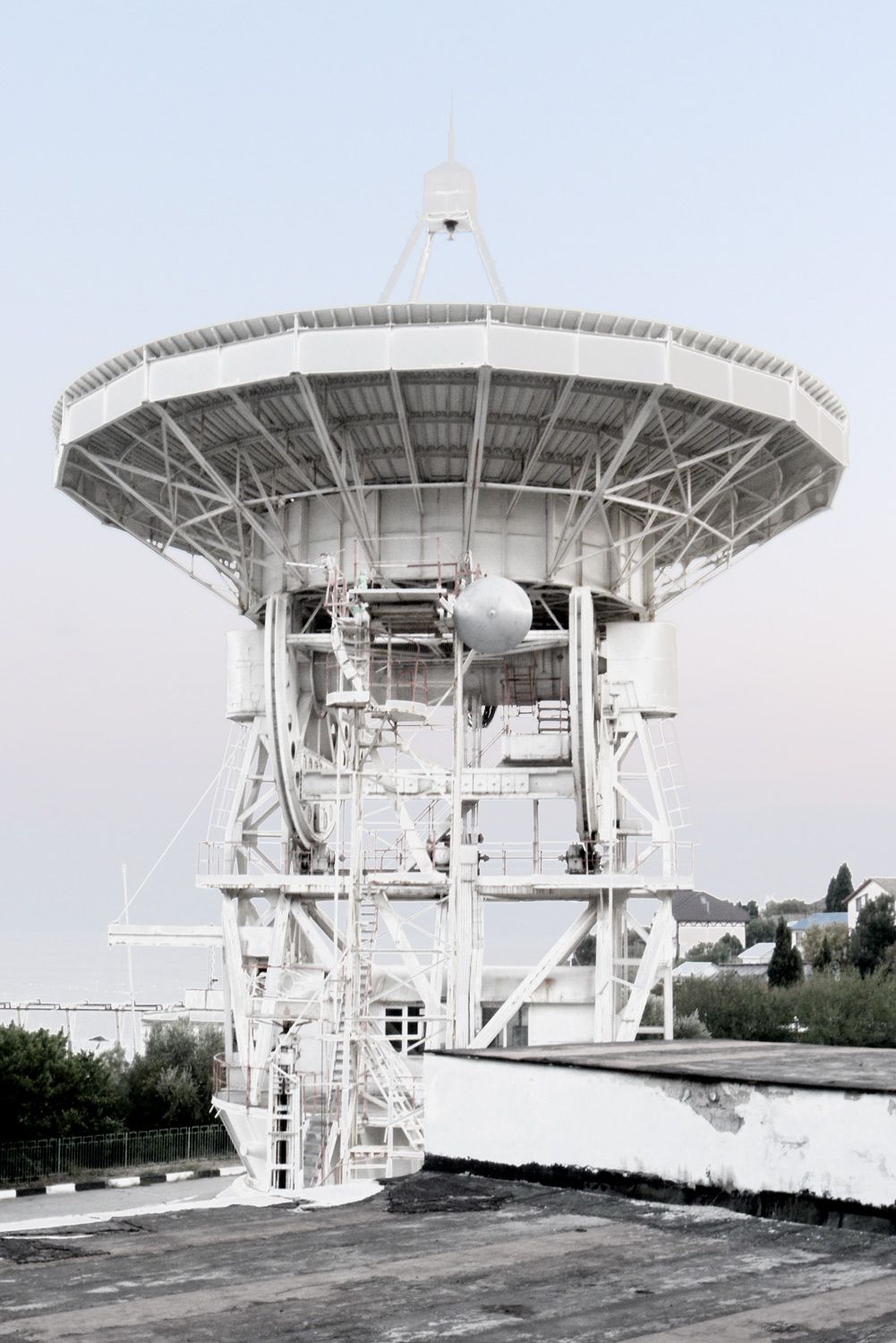
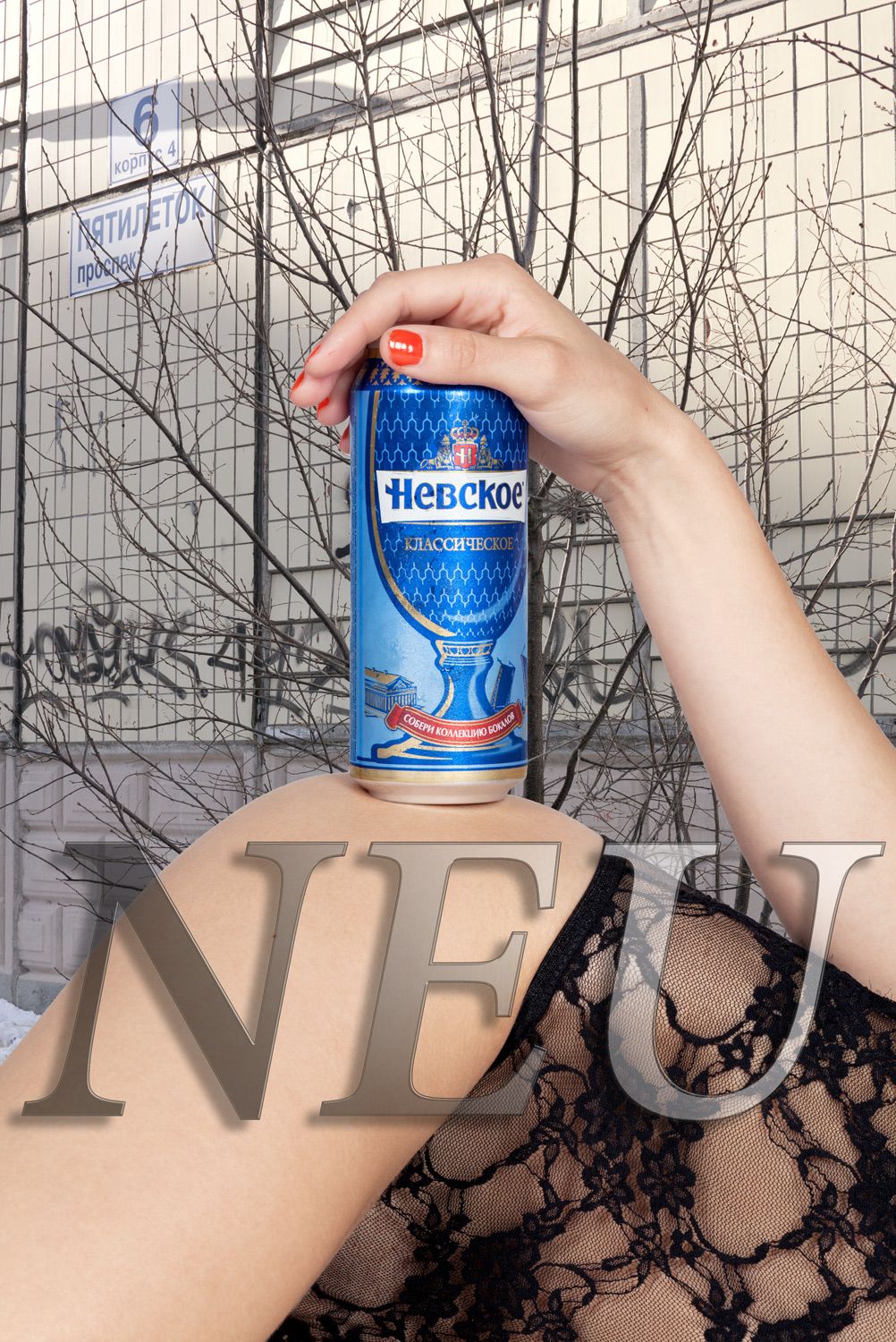
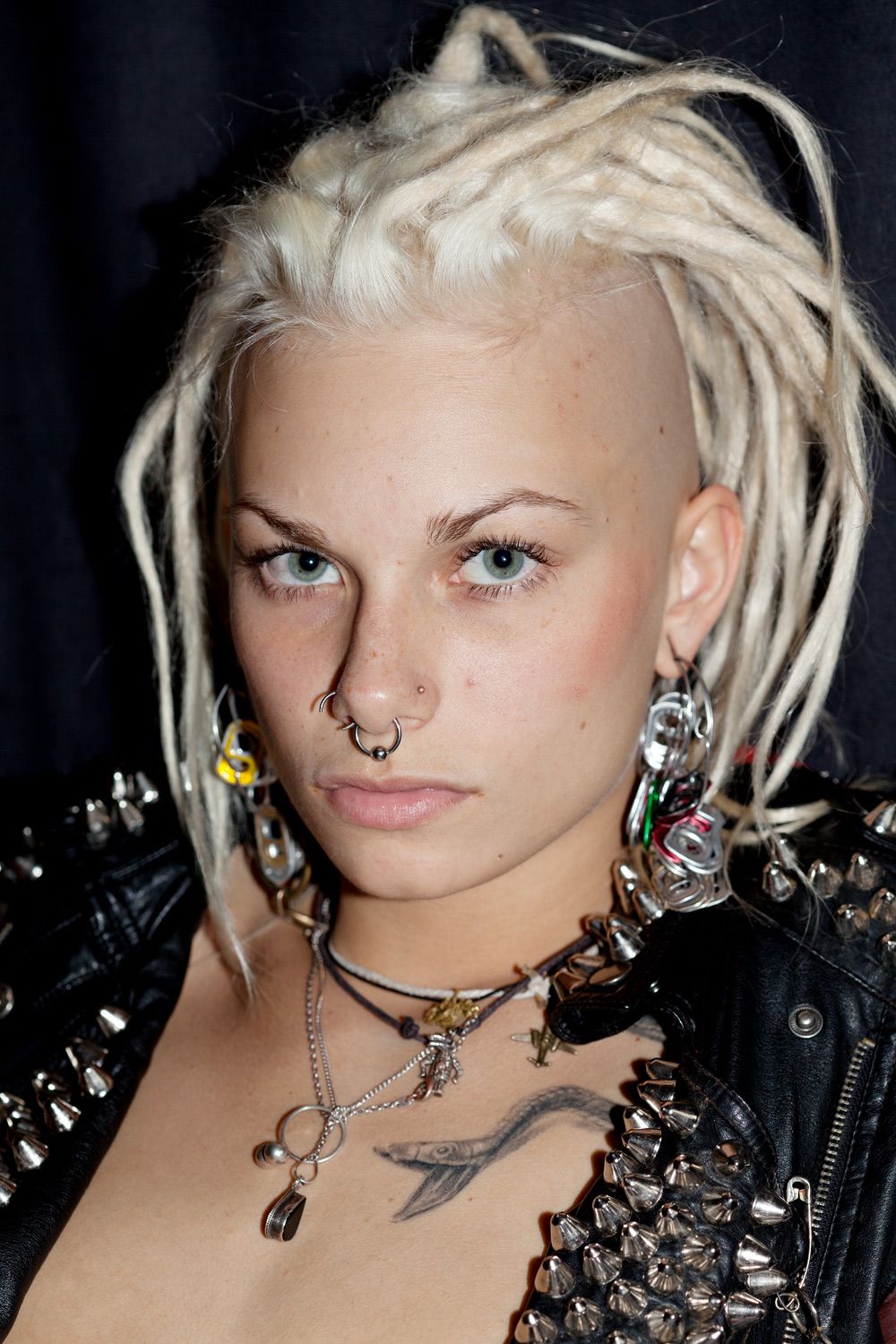
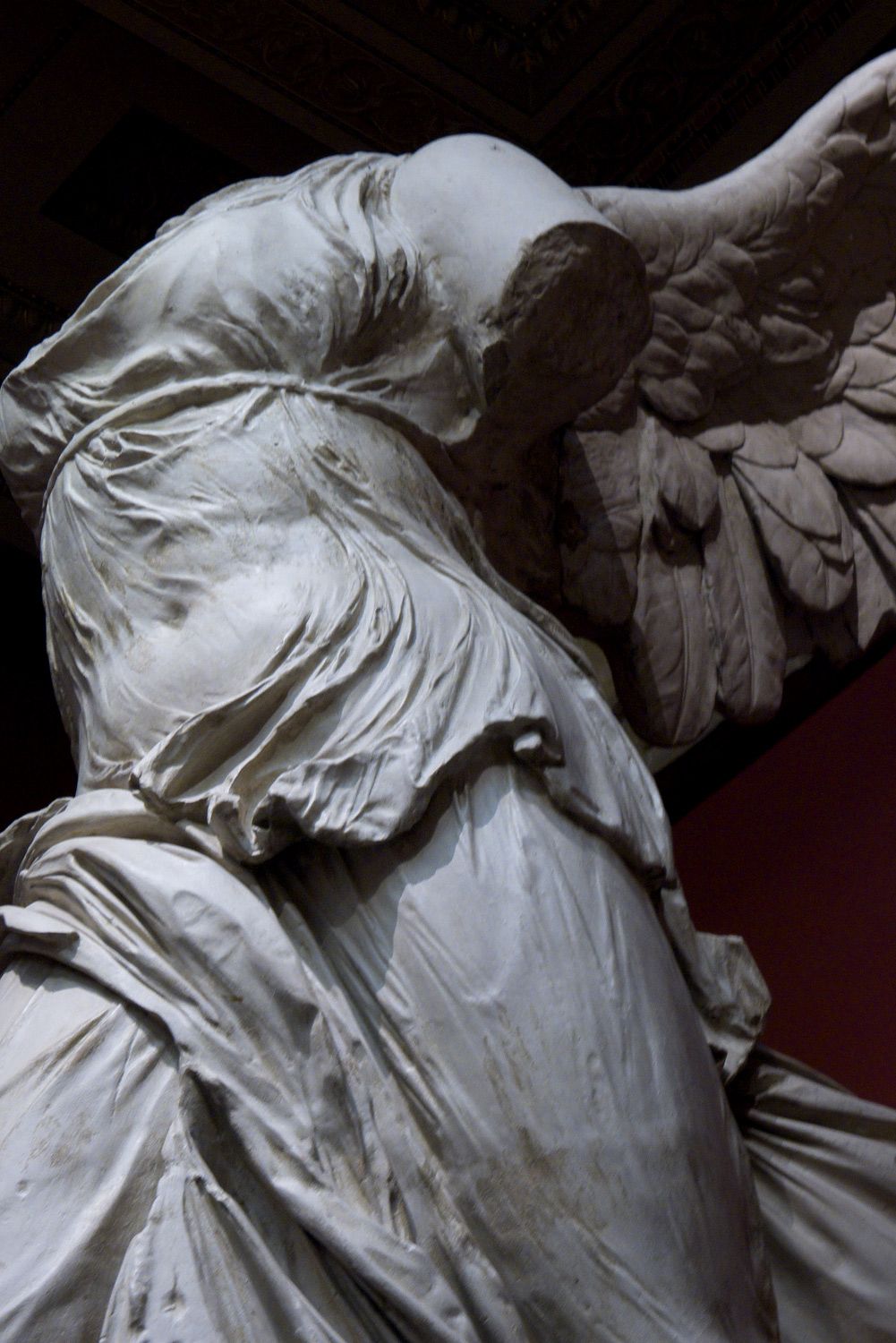
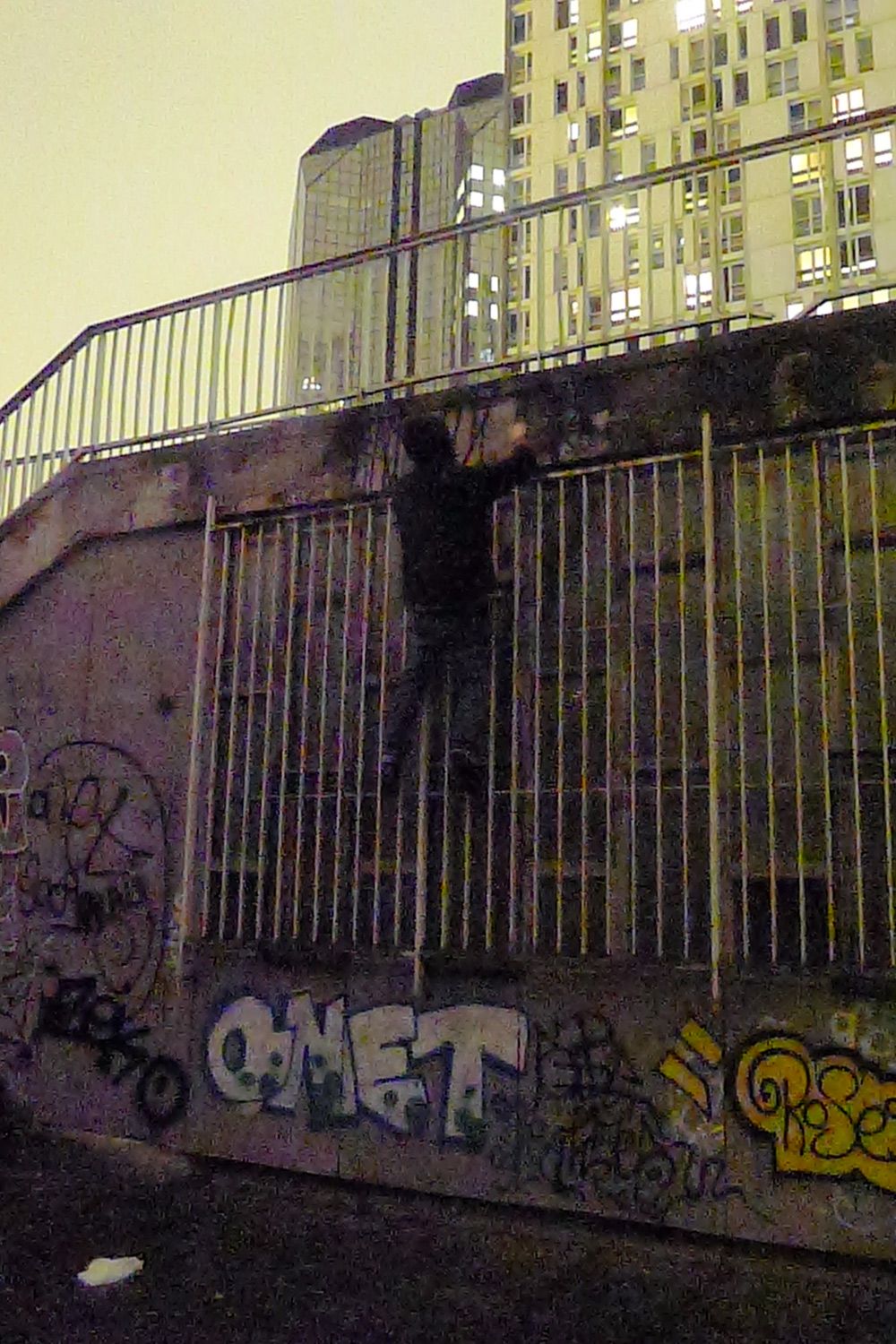
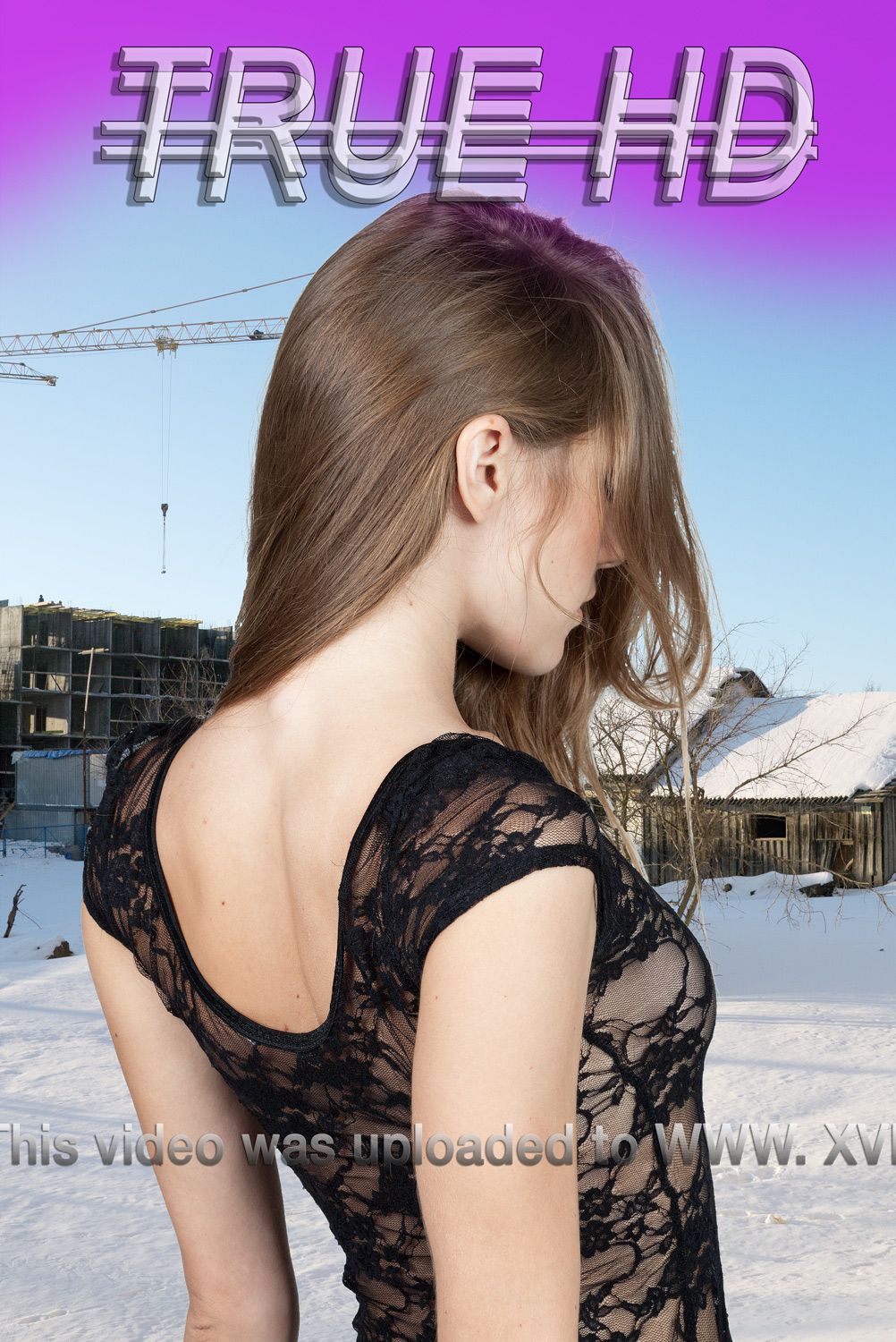
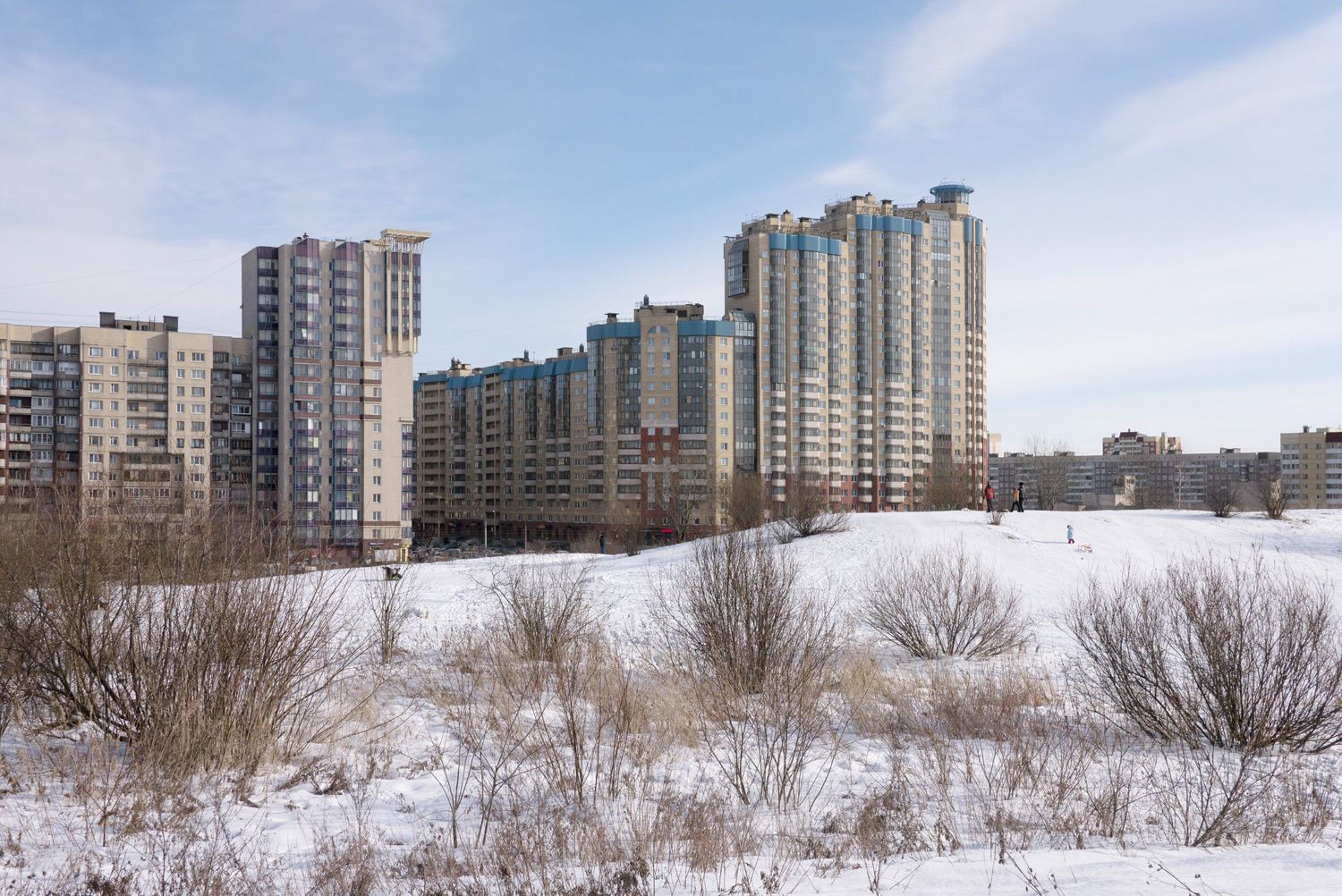
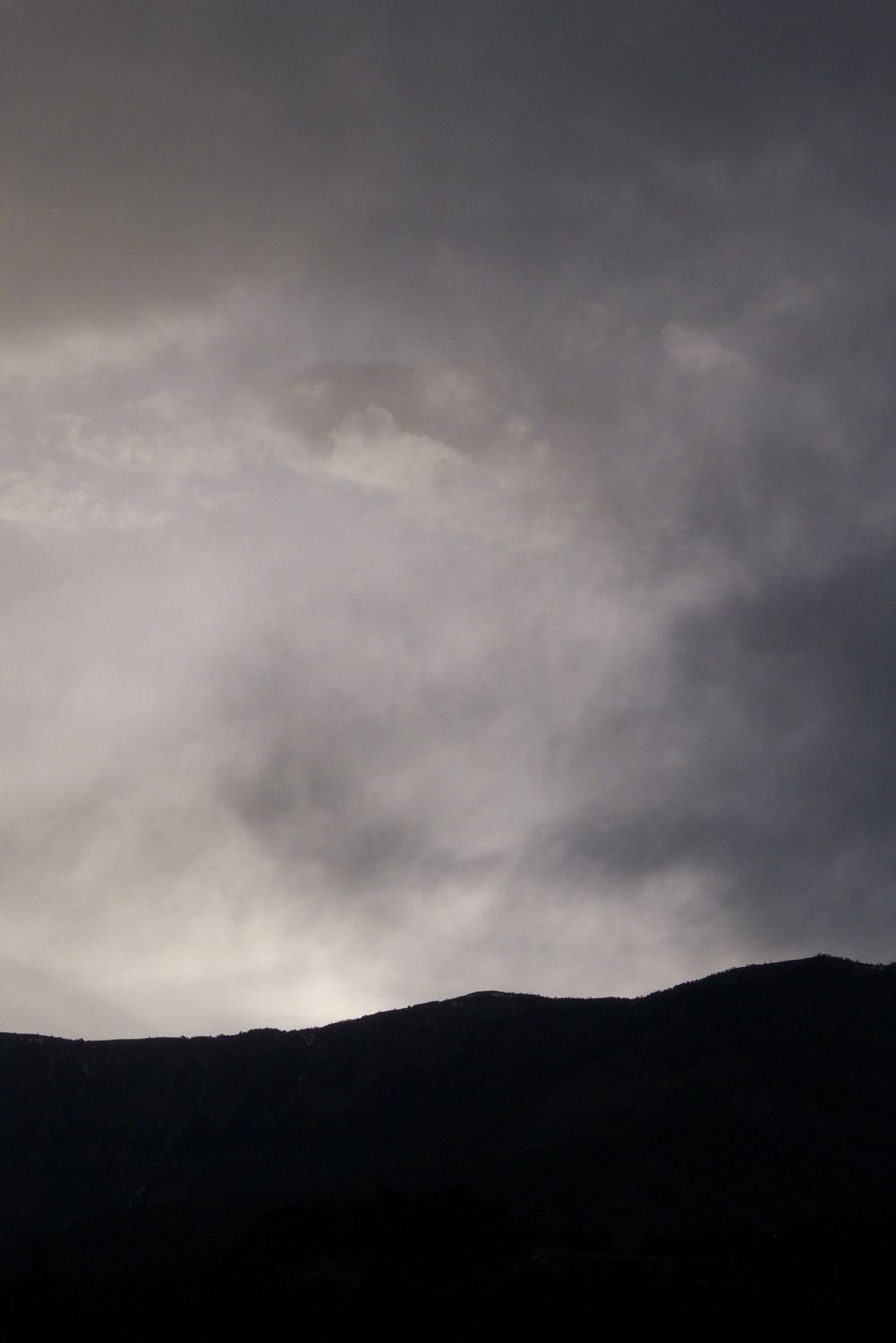
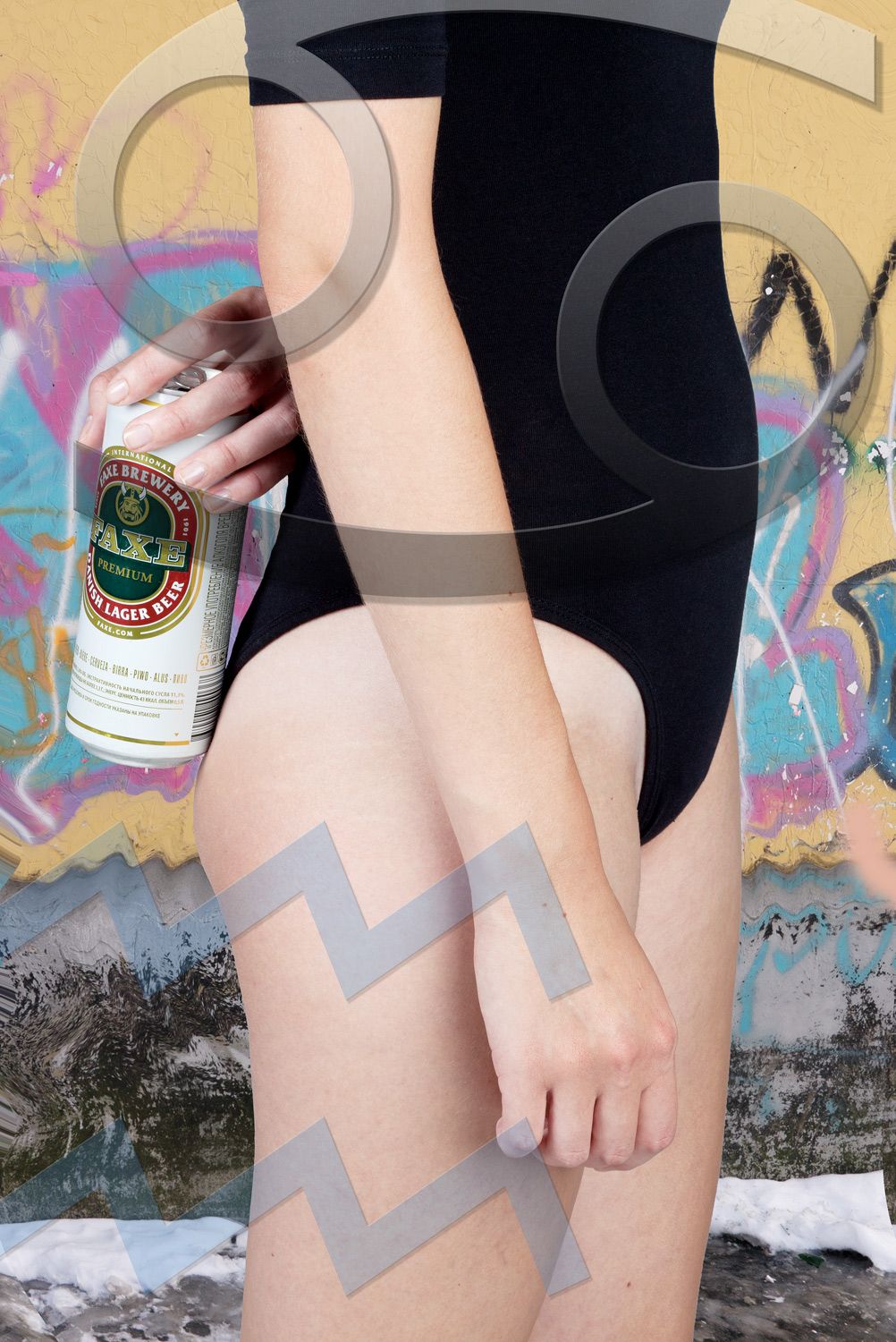
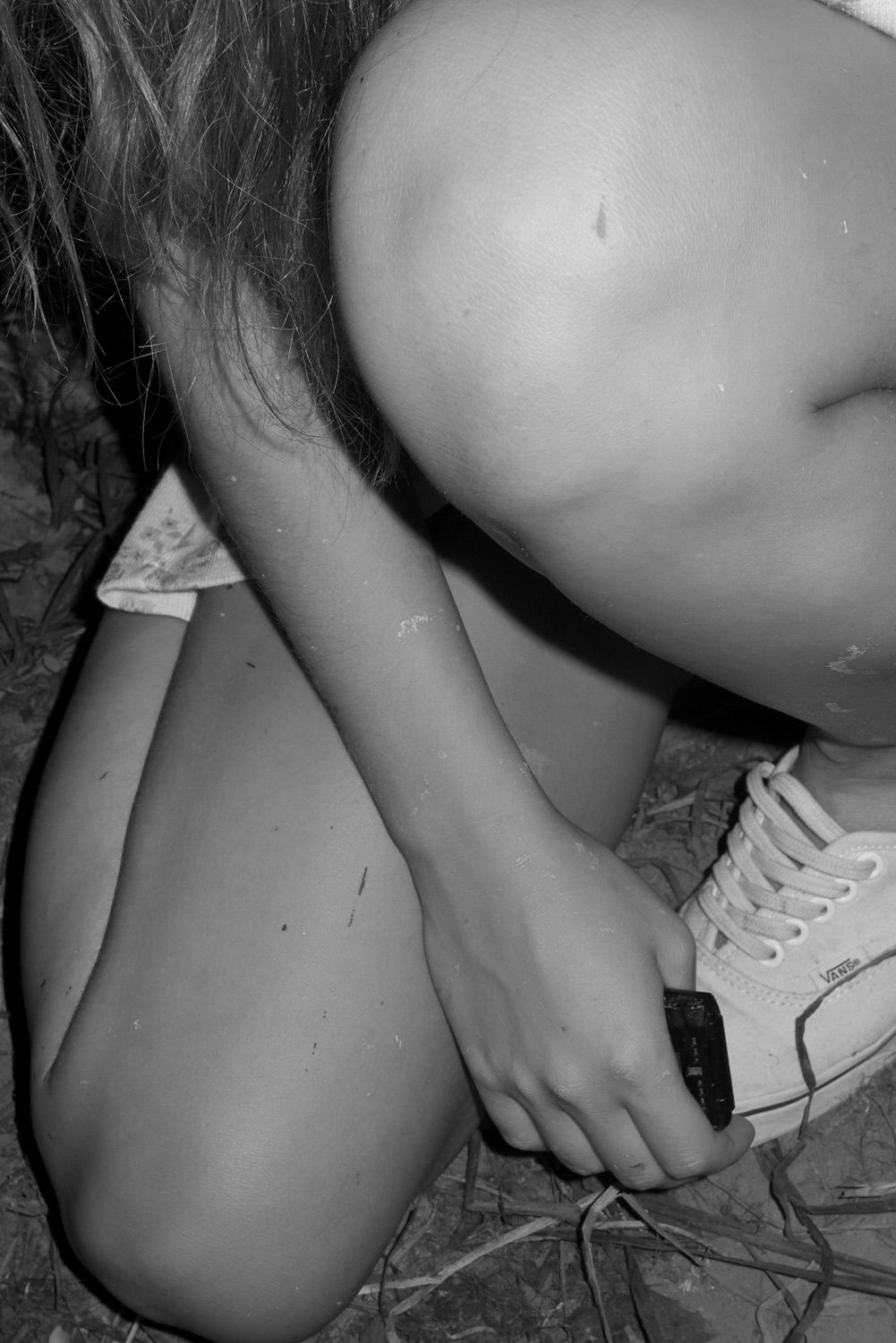
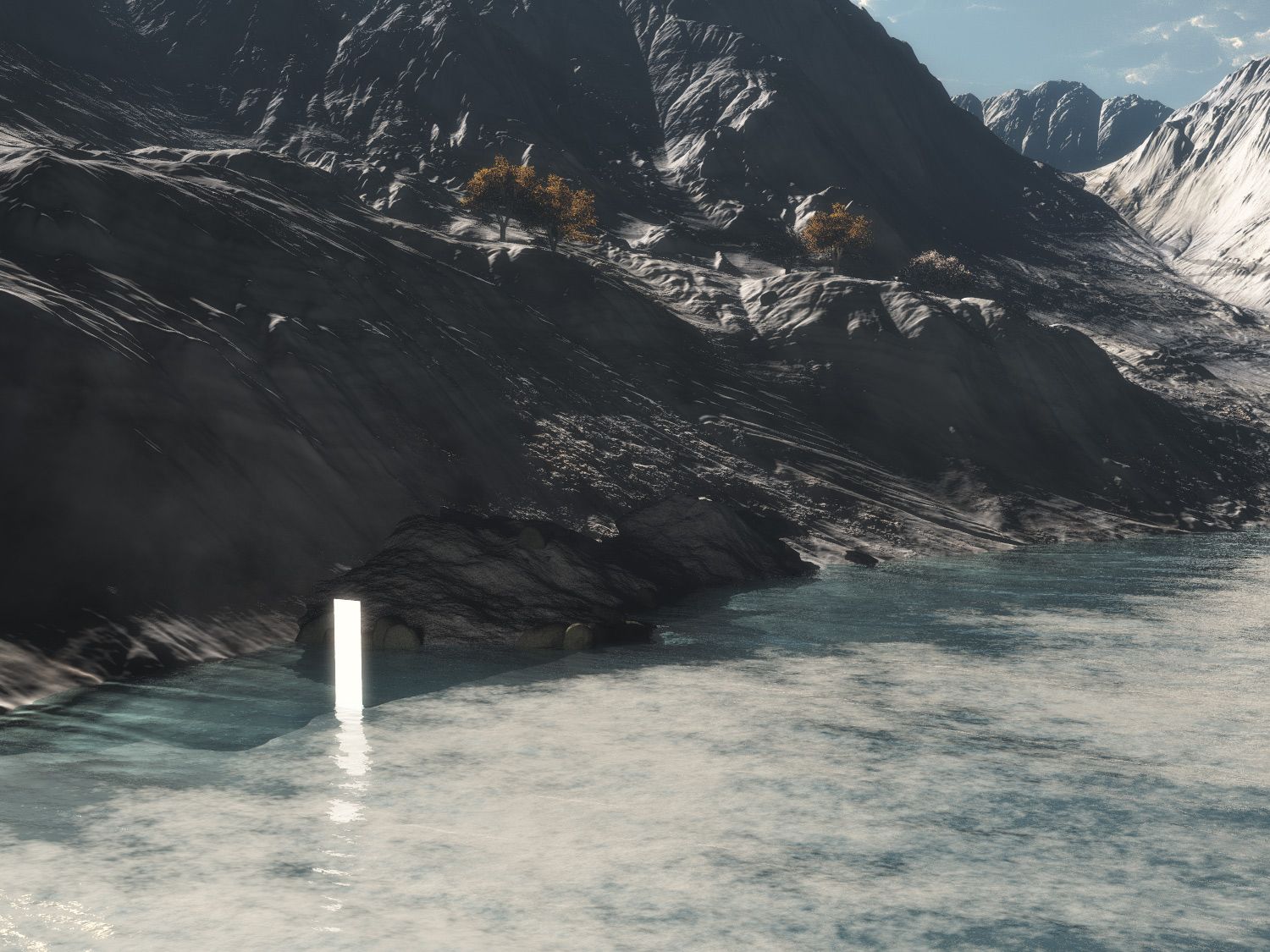
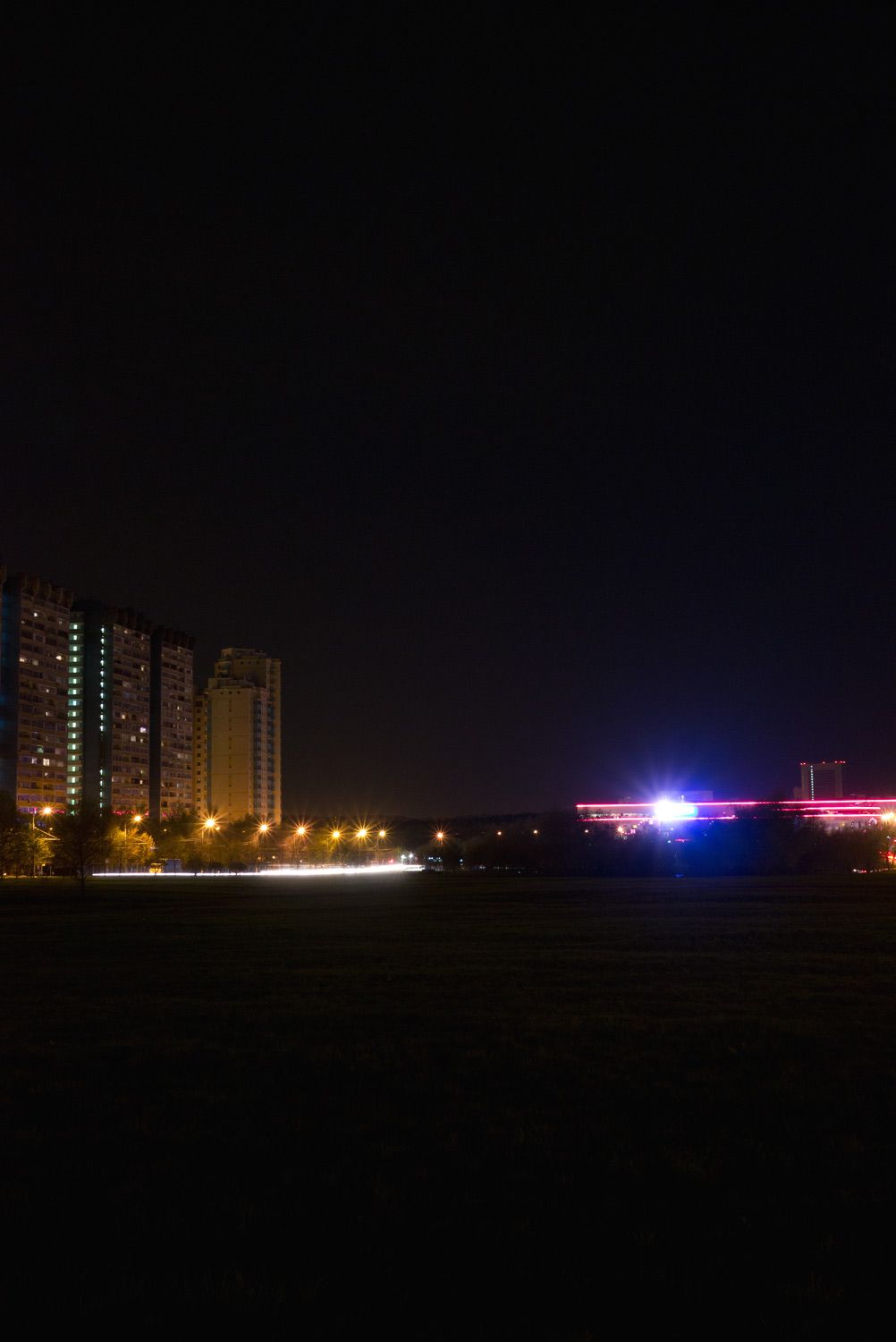
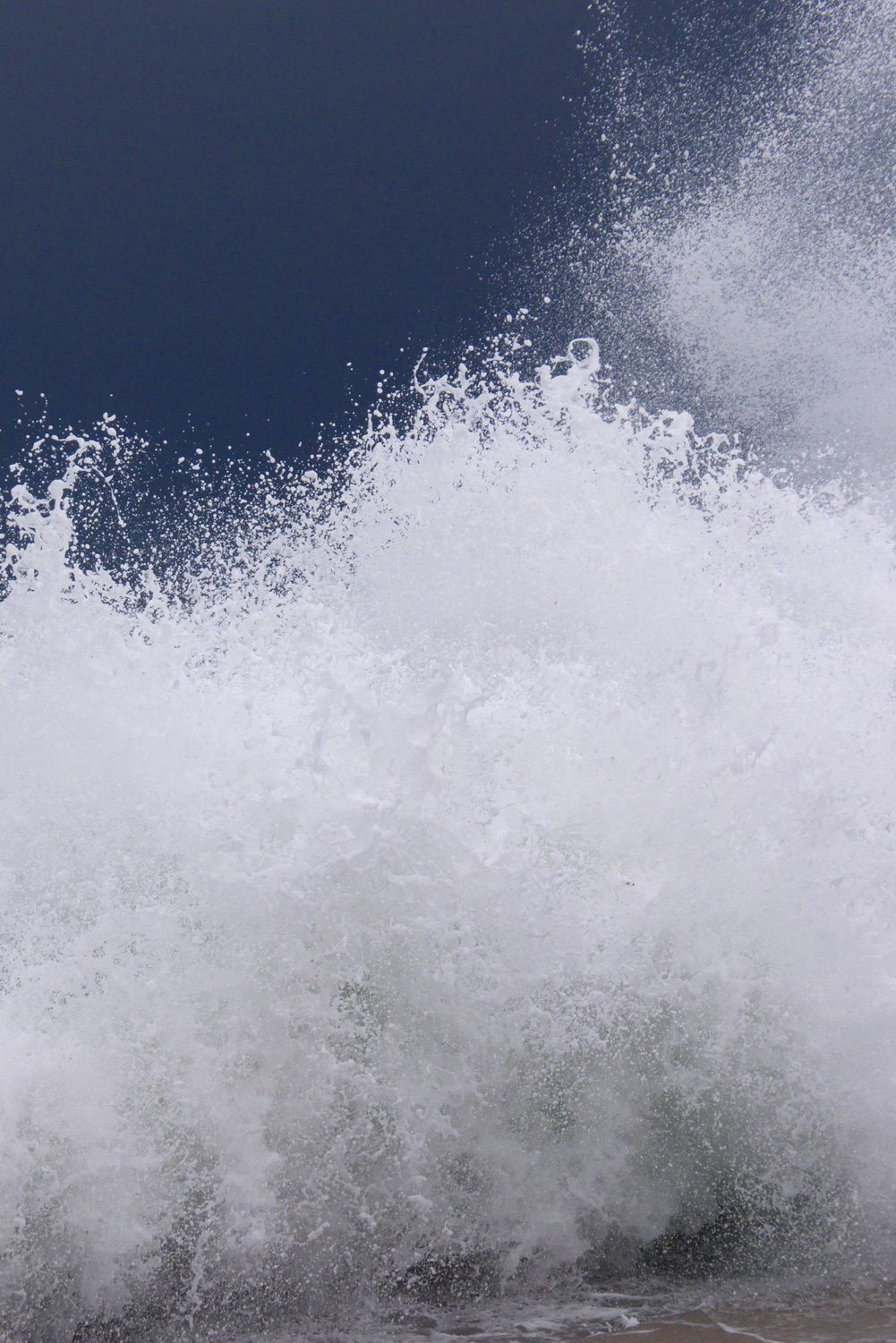
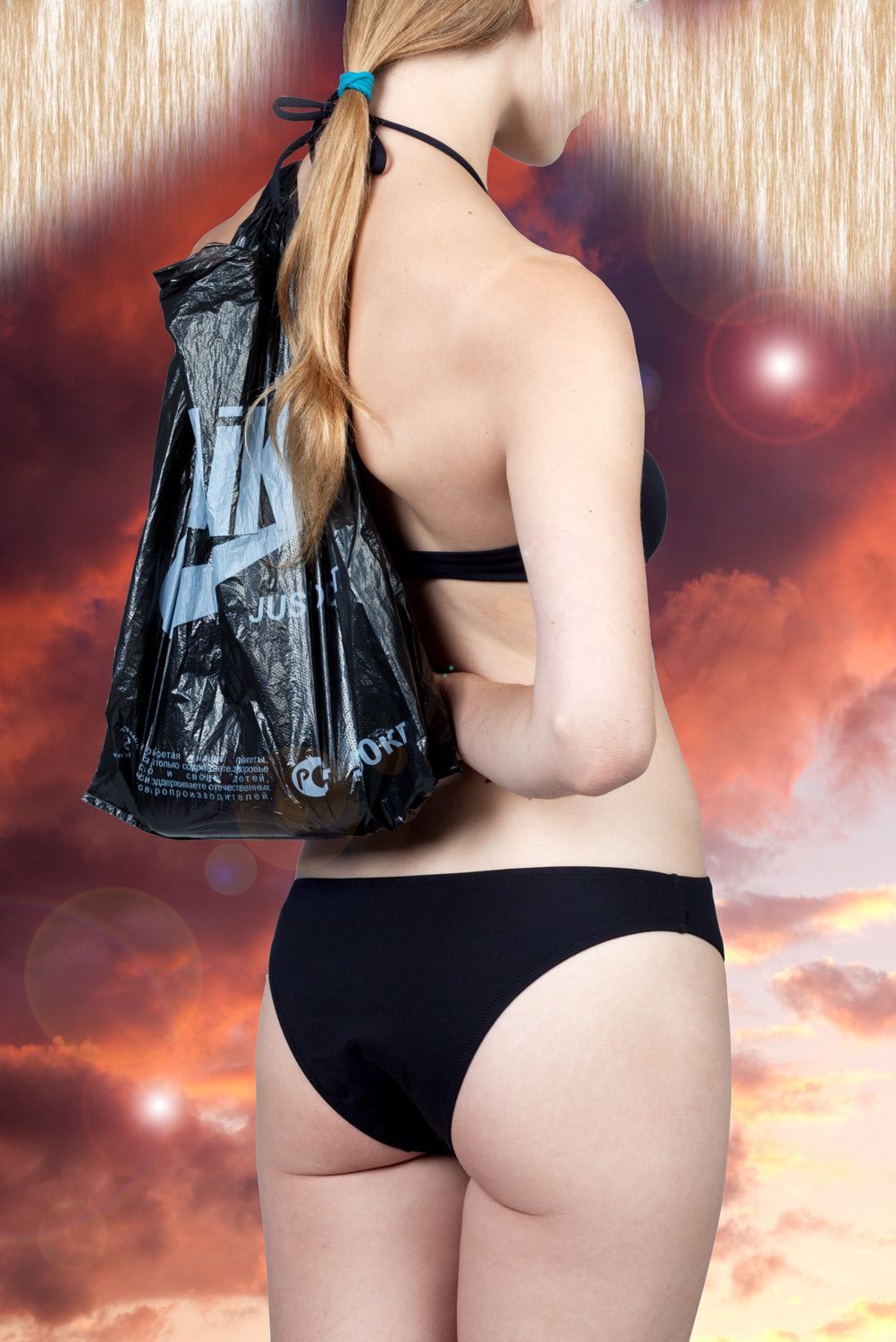
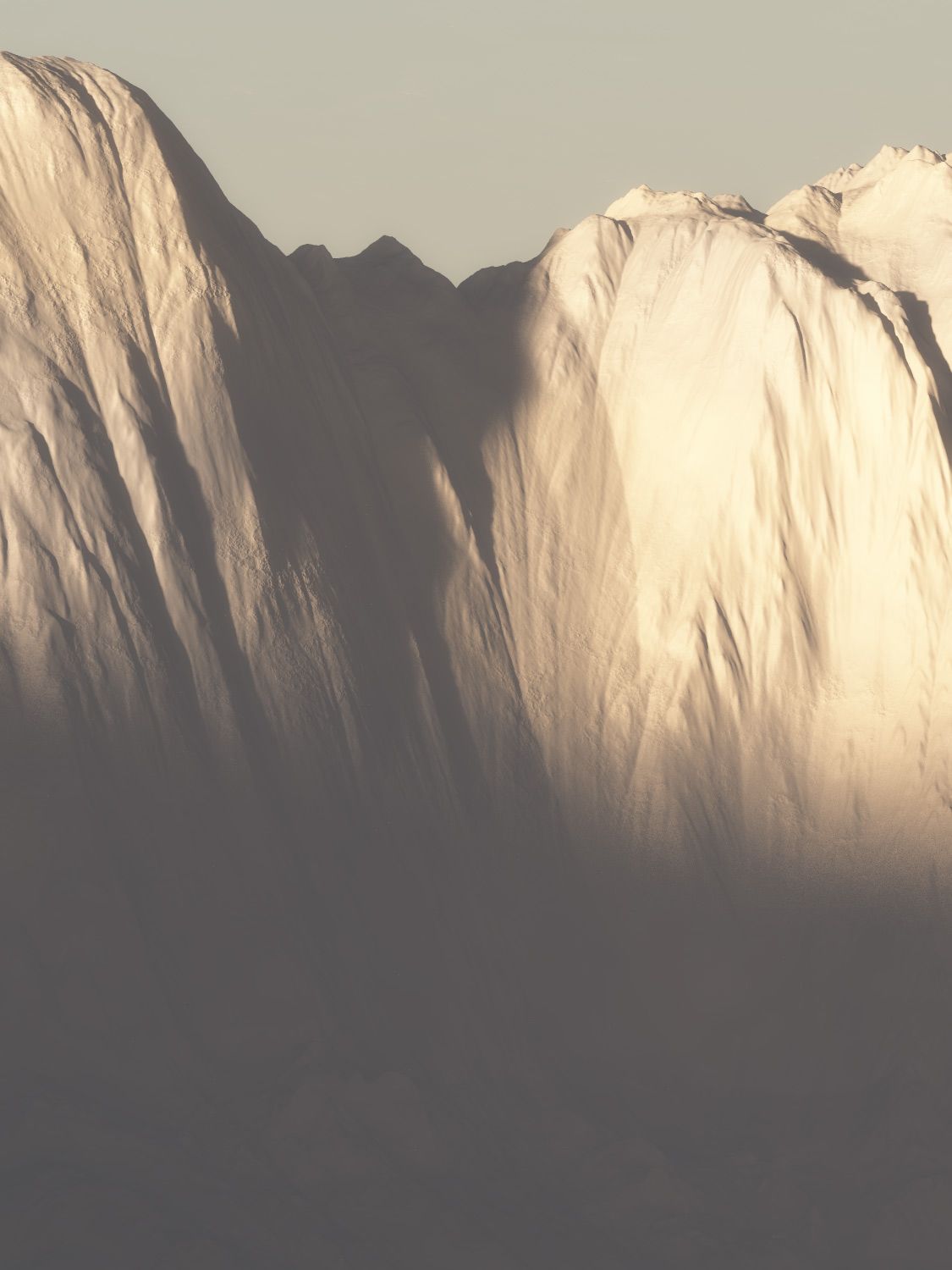
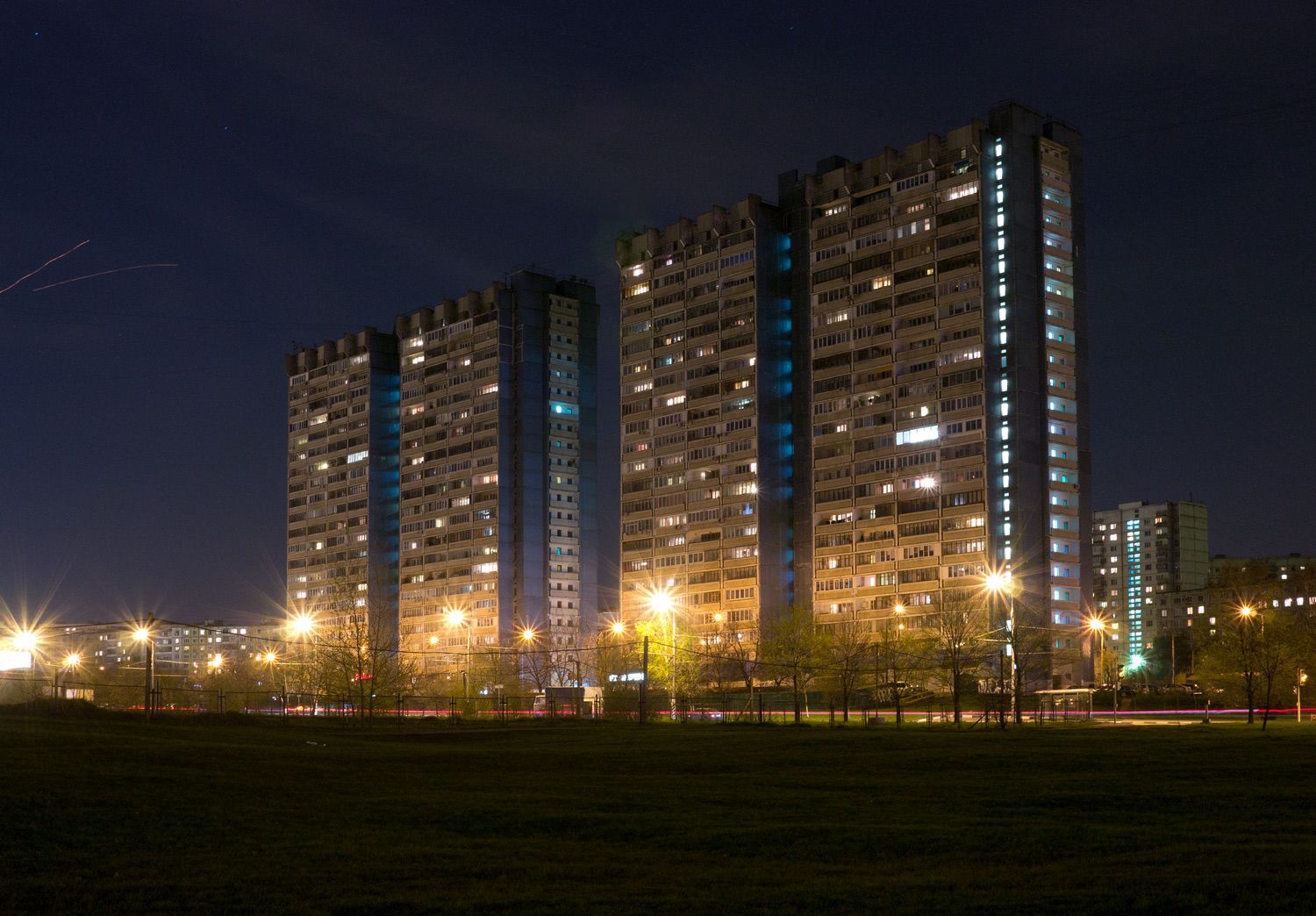
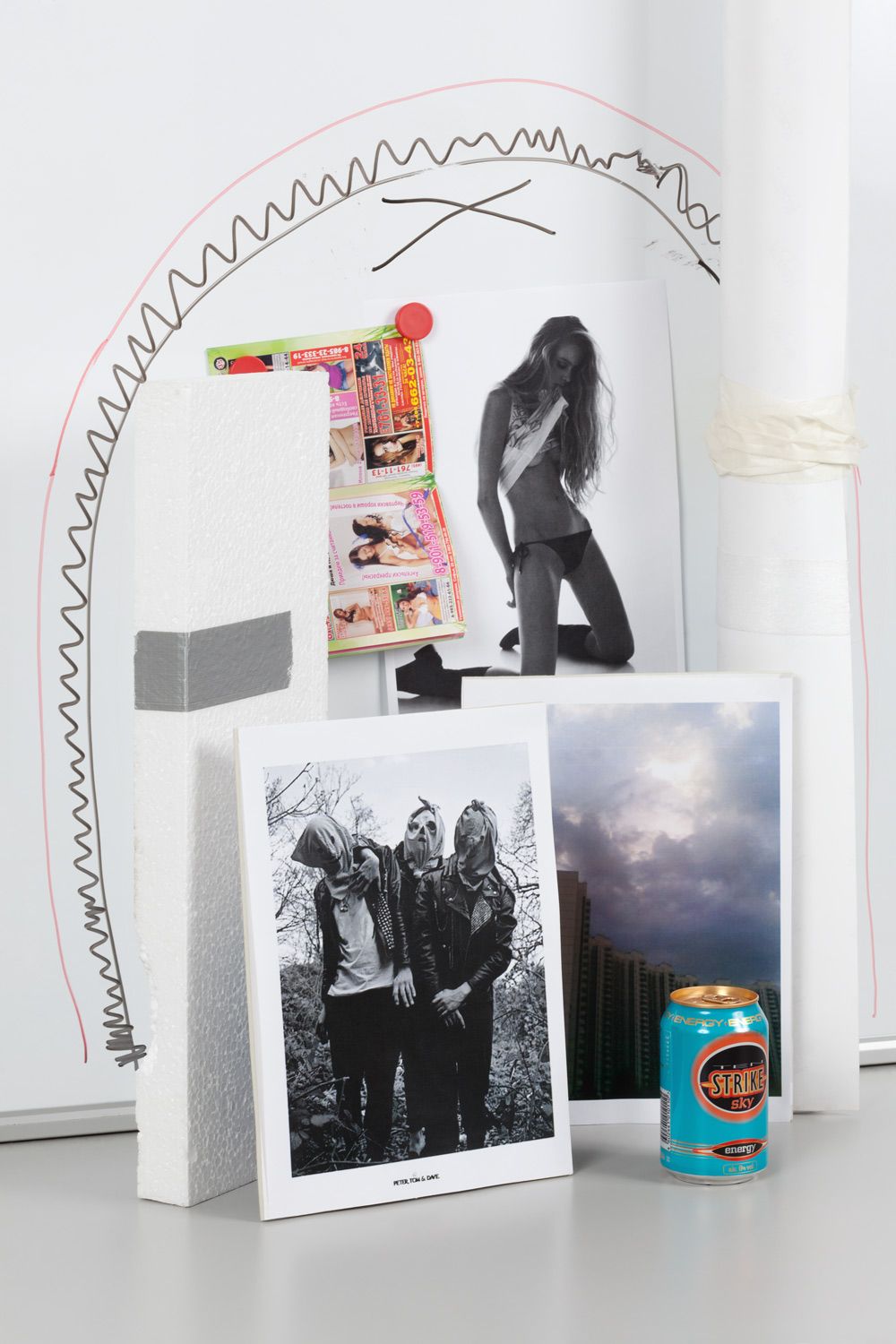
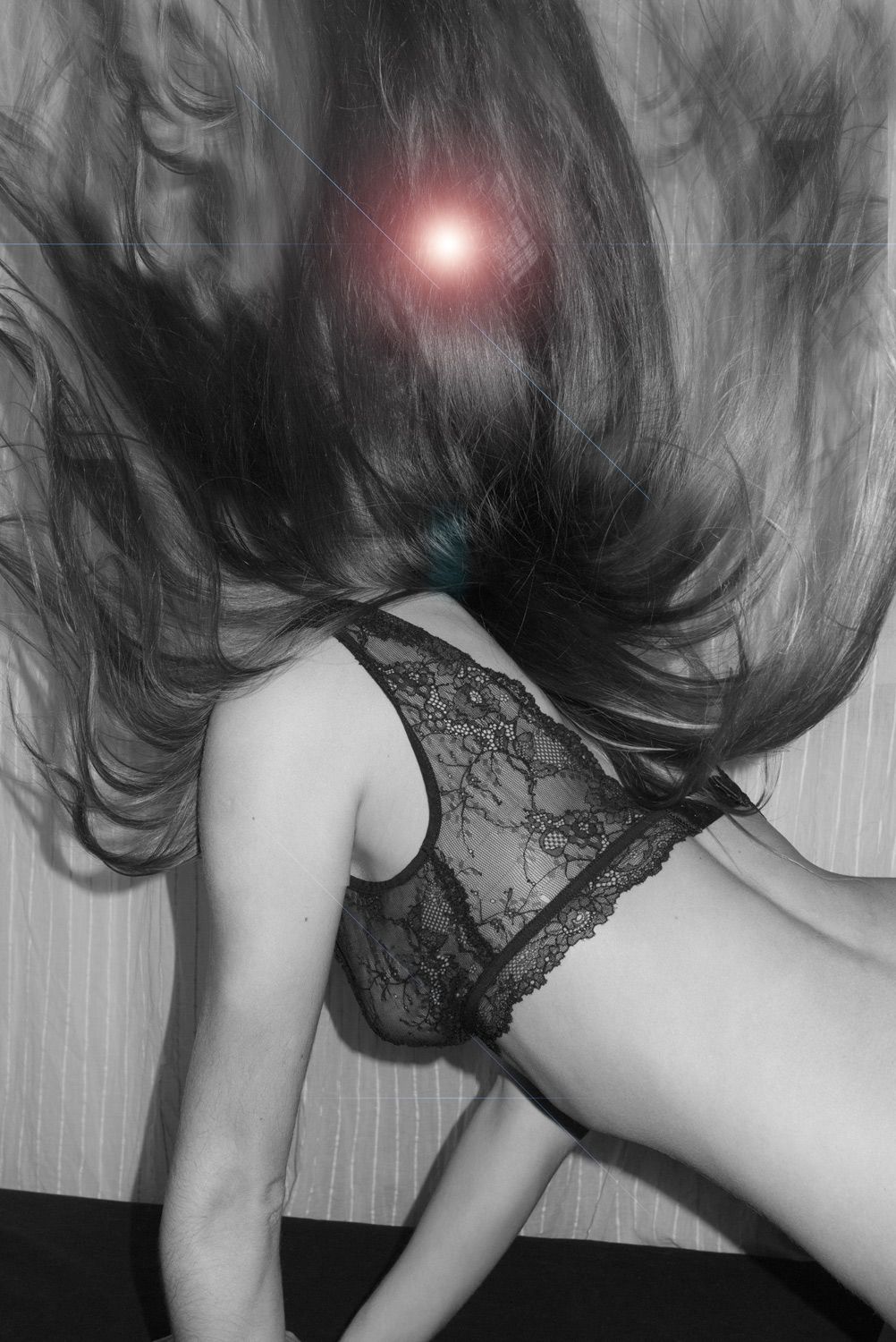
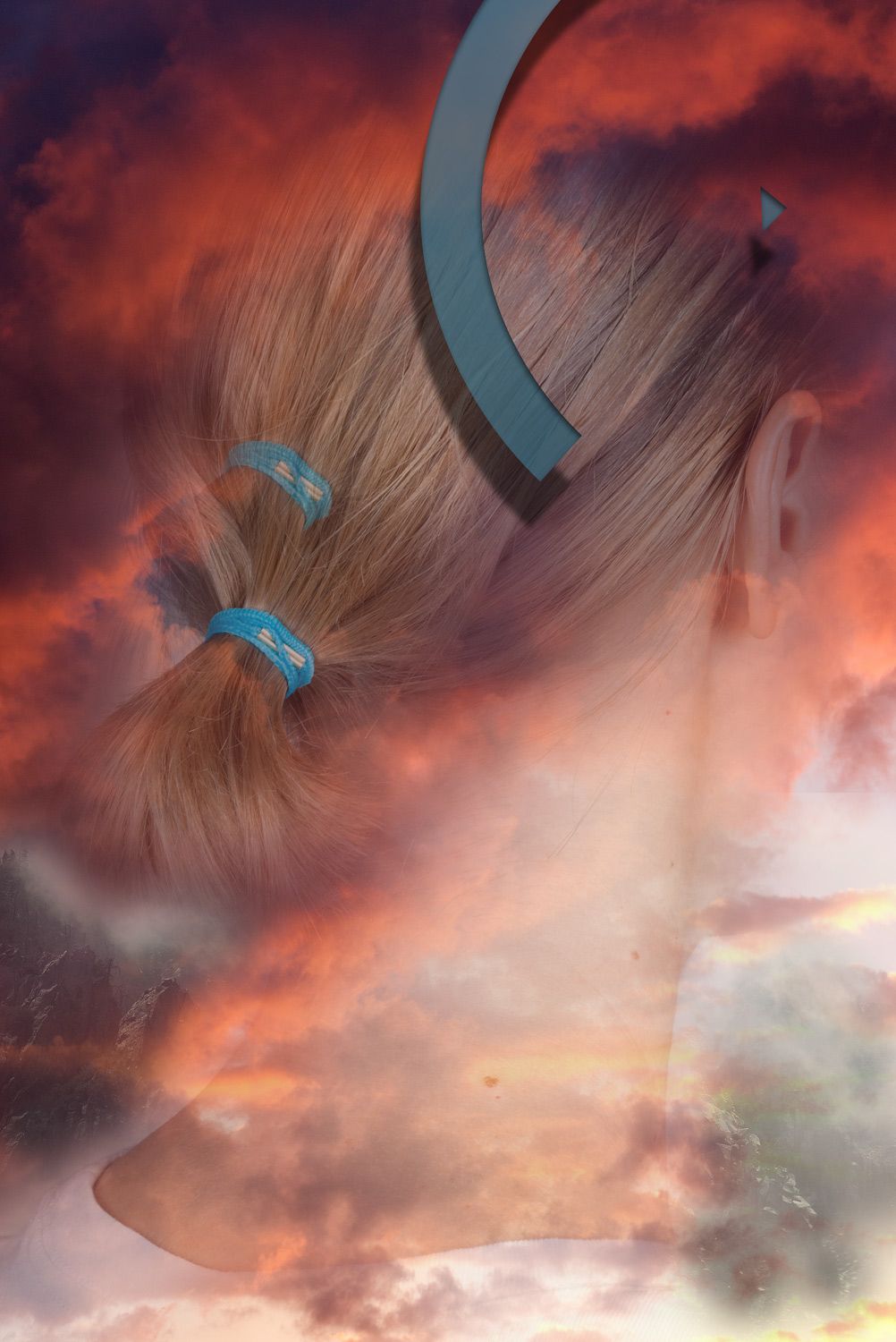
Could you tell a little bit about the term “Umwelt”?
Umwelt is a term from bio semiotics introduced by Jakob von Uexküll. The term means a world which exists specifically for one species of animals and consists of its own signs and meanings. For example, a table for an ant and a table for a human have a different meaning, although the table exists independently. So, in the end, there is no table because it’s always different. There is no super-subject who can define the place of the “table” in the material universe. The term has always interested philosophers, as it is connected to both animal and human, and the border between them is very permeable.
How does your project explore the environment of Moscow suburbs?
I started doing art from photographing my friends skating in the suburbs, and I’ve always been interested in how environment and space influence people. At some point, I realized that the urban environment on the outskirts of the city is filled with meanings, signs, and images connected to surrounding objects, so the inhabitants of the suburbs have their own umwelt. This eclectic space consists of various bits related to memory, mass culture, landscape. It is a space of utopia and dystopia, the space of the impossible created by all the historic turmoil, Soviet and post-Soviet.
So which bits are you interested in the most, Soviet or post-Soviet?
I am interested in the process that the suburbs are going through, in the collision of old and new. There are old Soviet neighborhoods going through the process of gentrification, being filled with new meanings. And there is a new Moscow being built from cheap materials and plastic: mirrors, cheap white tiles, double glazing, all set up by migrant workers. Then there is the badly designed advertising and visual codes they share.
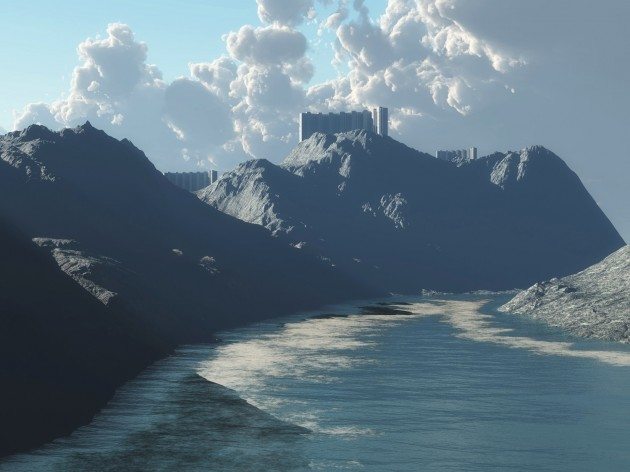
Where did the lead image for the project—the dreamy mountain landscape image with tower blocks on top—come from?
This image is a 3D visualisation, artificially created from scratch. This space is a ghost of an impossible suburb, a dystopian umwelt. This image is inspired by a particular place, and the buildings are copies of the existing blocks in my area. My main inspiration was the Dusseldorf school of photography and the 19th century romantic paintings of the Hudson River School. Artists of Hudson River School painted only one place, the Hudson River valley, idealizing it up to a utopian state. The Dusseldorf school of photography was largely influenced by romantic painting. The human is always small in their photos, the view is always above the landscape, sort of a super-subjective gaze. Dusseldorf photographers also manipulate with image, and with 3D visualisation I wanted to take it a step further, to overcome the act of taking a picture.
The landscape of the outskirts of Moscow with its towering blocks is an inspiration for a lot of young artists. What’s so special about it?
The tower blocks are anonymous and large, and perceived like a mountain landscape. When I was a child I used to pass those buildings on a bus, looking at them as the bus was moving, and perspective was changing. I always felt like they could fall on me. When you look at mountains, you can’t help thinking, “What if a rock, or an avalanche comes down?” Standing in front of this beautiful mountain landscape, you’ll just die under its weight. Also it’s about the ruined ideas, the space left by its “creators,” by a society which created those ruins for the big Soviet project, a new society, but failed to fulfil the plan.
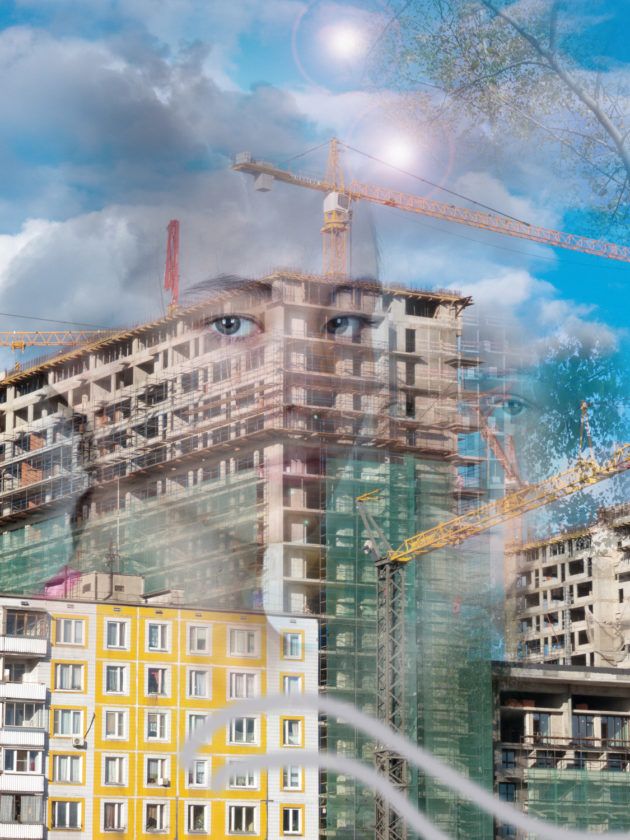
Why do people in your photographs appear mostly anonymous and ghost-like?
Anonymity of body and space attracts me. When you look at a Moscow suburban district, it’s impenetrable for you. I did a project (Anabasis Excursion) of guided tours around my area, and when people moved through it with a storyteller, the space stopped being anonymous and opened. Anonymity has a strong presence in our culture—in advertising, in our communication. There is such a great amount of people in such a tiny space. The public space in the city—the metro, bus stops, etc—demands distance, protection through indifference. If in Oslo, or some other place where the whole city’s population is like the population of my district, in a couple of weeks you start seeing the same people on the street. Here, people are always new. A person in this environment is atomized by the society.
You used plastic bags and beer cans throughout the project. Why these particular artifacts?
I was interested in these objects as parts of the surrounding environment. They are always present as rubbish, advertising, or in people’s hands. The plastic bag is a crucial part of the Russian environment and design in general. There are two types of bags most popular in my neighbourhood: WWW and Naik. WWW is written in the same font as BMW, gold over black, and below is like Good luck or Thanks for your purchase. NAIK is misspelled NIKE with a swoosh, and it says that it holds 50 kilos, so theoretically you can carry a person in it, which is obviously not true. It is now available in really fashionable colours: pale blue, powder pink, orange and black, silver and black.
Are you going to keep working with the aesthetics of the suburbs in the future?
I will do a couple of big, mainly installation-based projects on the suburbs, but then I’m considering moving to less space-specific topics like memory.
